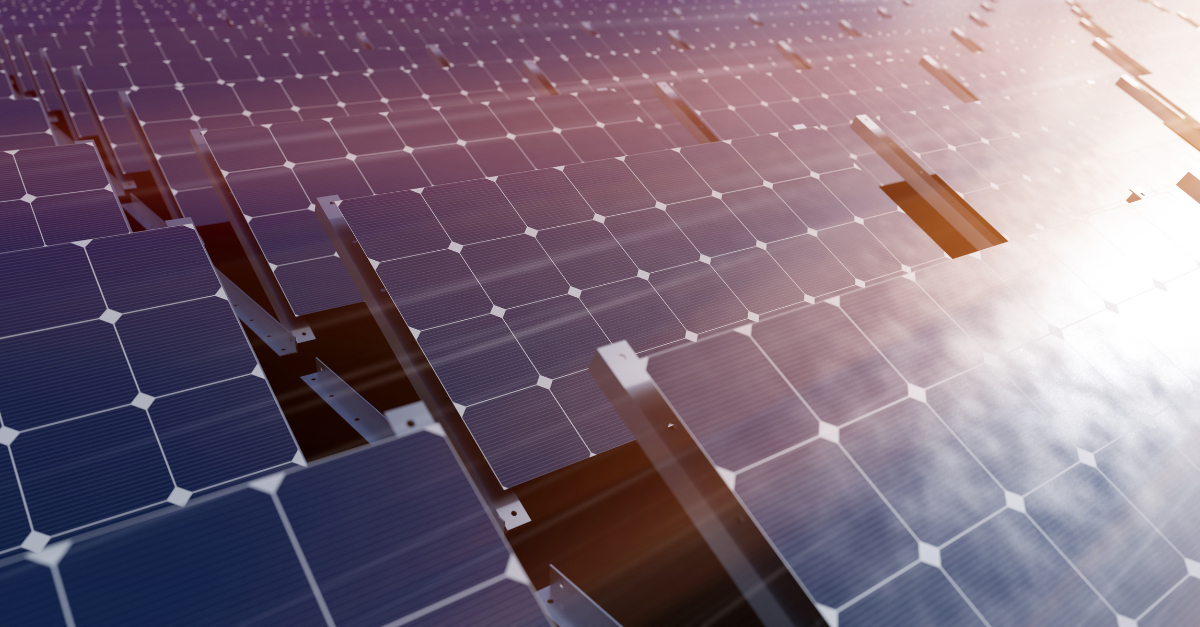Big advocates of the transition to clean energy now face energy security issues and rising energy prices
BY PETER LEON, ERNST MULLER AND TIHOMIR SVILANOVIC
COP26, which took place in Glasgow in 2021, resulted in several ambitious pledges aimed at achieving net zero greenhouse gas emissions by 2050 and limiting global warming to a maximum of 1.5°C compared with preindustrial levels.
COP27, just concluded in Egypt, occurred in a fundamentally different and more challenging macroeconomic and geopolitical environment. Many countries that were big advocates of the transition from traditional energy sources to clean energy solutions now face pressing domestic issues, including energy security and rising energy prices for consumers, in the wake of Russia’s invasion of Ukraine.
Despite these headwinds, global investment in low-carbon energy sources and electric transport totalled a record $755bn in 2021, according to Bloomberg. Moreover, data from the World Economic Forum indicates that wind and solar energy accounted for more than 10% of global electricity generation in 2021, double their share in 2015.
While the rate of growth in renewable energy generation capacity is impressive, much remains to be done if the world is to achieve net zero by 2050. For instance, the Just Energy Transition Investment Plan, recently published by the SA government, identified that $98bn of investment in renewable electricity generation capacity, electric vehicles (EVs) and green hydrogen over the next five years is required to ensure a just energy transition.
This investment gap aside, the key limiting factor in the installation of renewable energy generation capacity, the rollout of EVs and the implementation of green hydrogen projects, is the availability of critical raw materials. The International Energy Agency has found that the average volume needed for each new unit of power generation capacity has increased 50% since 2010 as offshore and onshore wind and solar photovoltaic power plants require many more resources, such as copper and zinc, than traditional energy sources.
EVs and the lithium-ion batteries necessary for electrification require vast quantities of lithium, nickel, cobalt, manganese and graphite. Meanwhile, the uptake of hydrogen is a key driver in demand for platinum group metals used in fuel cells and electrolysers. Ensuring stability of supply of raw materials from existing extractive projects is therefore crucial to navigate the supply constraints created by the pursuit of zero-emission goals.
The Democratic Republic of Congo alone accounts for more than 70% of global cobalt production. It is also Africa’s biggest copper producer, followed by Zambia. Zimbabwe, Namibia, Mali and Ghana have big lithium reserves, and SA is the world’s largest producer of platinum and the second-largest producer of palladium. This places African countries in a unique geopolitical position, both as investment destinations and as parties with a voice in the just energy transition.
This investment gap aside, the key limiting factor in the installation of renewable energy generation capacity, the rollout of EVs and the implementation of green hydrogen projects, is the availability of critical raw materials. The International Energy Agency has found that the average volume needed for each new unit of power generation capacity has increased 50% since 2010 as offshore and onshore wind and solar photovoltaic power plants require many more resources, such as copper and zinc, than traditional energy sources.
EVs and the lithium-ion batteries necessary for electrification require vast quantities of lithium, nickel, cobalt, manganese and graphite. Meanwhile, the uptake of hydrogen is a key driver in demand for platinum group metals used in fuel cells and electrolysers. Ensuring stability of supply of raw materials from existing extractive projects is therefore crucial to navigate the supply constraints created by the pursuit of zero-emission goals.
The Democratic Republic of Congo alone accounts for more than 70% of global cobalt production. It is also Africa’s biggest copper producer, followed by Zambia. Zimbabwe, Namibia, Mali and Ghana have big lithium reserves, and SA is the world’s largest producer of platinum and the second-largest producer of palladium. This places African countries in a unique geopolitical position, both as investment destinations and as parties with a voice in the just energy transition.
Knowledge of where the minerals are located will not help the race to net zero if mining companies are unable to access the mineral deposits in question. Here it is important to acknowledge the growing sentiment among African countries and host communities that they are not benefiting from their vast wealth of critical raw materials. This perceived imbalance gives rise to a risk that mining companies may endanger their social licence to operate as host countries seek to cure perceived inequities in the exploitation of their natural resources.
There are various mechanisms that governments, workers and mine-affected communities may employ to deal with this, ranging from physical action (such as blockades), and industrial action (including strikes) to political campaigns and regulatory reform processes. Irrespective of the mechanisms pursued, these actions can imperil existing and planned mining projects. Once such risks materialise the consequent loss of supply of materials necessary to fuel the green energy transition would constitute a costly setback on the road to net zero, one the world simply cannot afford.
Africa is beset with examples of mining companies getting endangered and then losing their social licence to operate. Recent cases in Tanzania and Zambia are timely reminders. Tanzania introduced sweeping changes to its mineral law regime in 2017 after widespread public discontent over a perceived lack of benefit from the extraction of its natural resources. The changes included wide-ranging powers for parliament to review and renegotiate previous mineral development agreements, mandatory free state participation in all extractive companies and a prohibition of recourse to international arbitration by investors.
Similarly, Zambia faced a serious prospect of default on its sovereign debt in 2017/2018. A significant segment of the population felt this was at least in part owing to an insufficient financial contribution from the extractives sector, which accounts for more than 70% of Zambian export revenue. As a result, the erstwhile Edgar Lungu administration introduced several measures that increased the tax burden imposed on the sector, including higher mineral royalties and making them no longer deductible from corporate income tax, effectively resulting in double taxation.
The ultimate effect of the regulatory changes introduced by Tanzania and Zambia was to significantly damage investment in the extractives sector, on which both countries rely heavily, thus worsening the constrained supply of critical raw materials. In both Tanzania and Zambia populist administrations were able to exploit a wave of resource nationalism emanating from the fact that the original bargains struck with mining companies were publicly perceived as inequitable.
While mining companies cannot entirely insulate their operations from government actions that could have an adverse effect on their businesses, they can pursue strategies to mitigate the extent of that impact. Ideally these should take the form of advocacy and commercial diplomacy that seeks to establish continued dialogue, if not a partnership, with the mining company’s stakeholders. These include workers, local communities, community organisations, traditional leaders, local and national government, and consumers (the “S” in ESG [environment, social and governance]).
However, obtaining and maintaining such a licence is no simple feat. At a minimum the process requires support from the majority of the company’s stakeholders. This can only be garnered if the company is transparent, accountable and responsive to the evolving views of its stakeholders. By implementing these principles it can establish a relationship of trust, which over time will give rise to a durable licence to operate.
Where a company loses its licence any effort to restore it (and its reputation) must be strategic. To ensure the root causes are tackled, the mining company should adopt a well-planned and targeted approach. This should start with a diagnostic analysis to identify the cause(s) of the trust deficit. Once these are identified the company can develop and implement a multifaceted, overarching response that comprehensively deals with the often complex mix of economic factors and psychologies of societal relationships.
For the strategy to succeed, the company’s leadership should formulate and execute a plan of action that incorporates several disciplines (legal, financial, economic, social, political and environmental). By doing so, the focus moves away from winning a specific legal battle (such as international arbitration) towards resolving both the battle and the war (the impasse between the company and the host state) in a manner that restores a trust-based and win-win relationship between the company and its stakeholders.
Any such strategy should remain in place throughout the life of the project to ensure that a company’s operations are insulated against electoral cycles, populist governments and adverse community action.
This op-ed was originally published in Business Day on 28 November 2022
Leon is partner and Africa chair; Muller a senior associate: ESG; and Svilanovic a trainee attorney at Herbert Smith Freehills.


